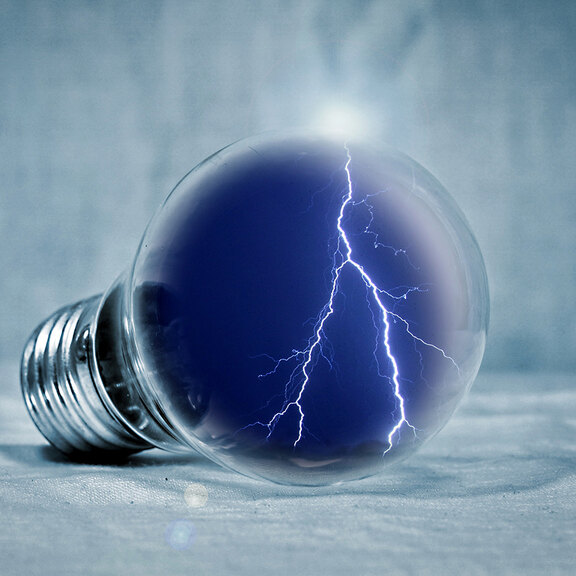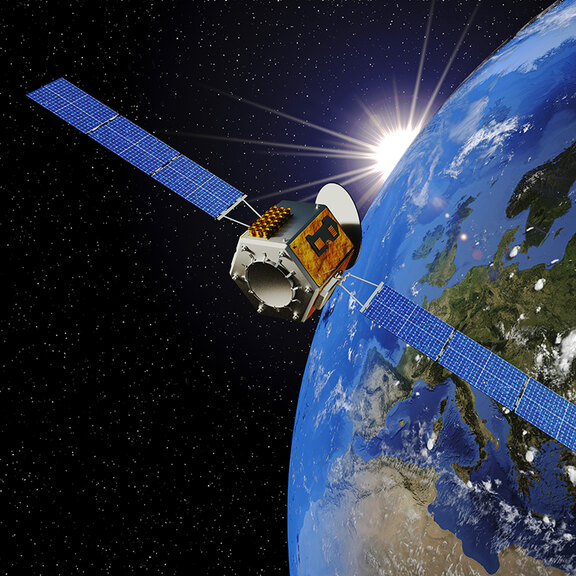For a long time, scientists believed it was impossible for nuclear atoms to split in the middle. Although they knew that a vast amount of energy would occur when a nuclear atom burst apart, releasing this energy was considered a hopeless task. Until 1938, when a research group led by chemist Otto Hahn made a momentous discovery at the Kaiser Wilhelm Institute in Berlin: when bombarding uranium with neutrons, Hahn and his assistant Fritz Straßmann found the element barium, which is only half as heavy as uranium. This must have been created by nuclear fission.
Taken completely by surprise, Hahn reported the discovery to his collaborator and colleague of decades, physicist Lise Meitner, who had had to leave Germany a few months earlier because she was Jewish. Working with her nephew Otto Frisch, she was the first to formulate the important physical interpretation of nuclear fission, which she published in the English journal “Nature” in February 1939. The honor, however, went to Otto Hahn, who was awarded the 1944 Nobel Prize in Chemistry for his discovery of nuclear fission.
Beginning of the atomic age
This event brought the dawning of a new era: the age of nuclear energy. The world of science was thrilled by the possibility of harnessing the energy stored in nuclear atoms. It saw opportunities to multiply the core process in a chain reaction through fission. Otto Hahn’s discovery caused a sensation in the USA especially: the first nuclear reactor went into operation in Chicago in 1942 as part of the Manhattan Project. Not with the aim of generating electricity, but to build nuclear weapons. During the Second World War, the USA deployed a nuclear weapon for the first time.
The 1986 disaster at the Chernobyl nuclear reactor demonstrated the devastating consequences of nuclear energy once again. The discussion surrounding the safety of nuclear power plants continues to this day – and pushes any potential opportunities, for example in the field of nuclear medicine, into the background.
(Image: Siarhei – AdobeStock.com)




